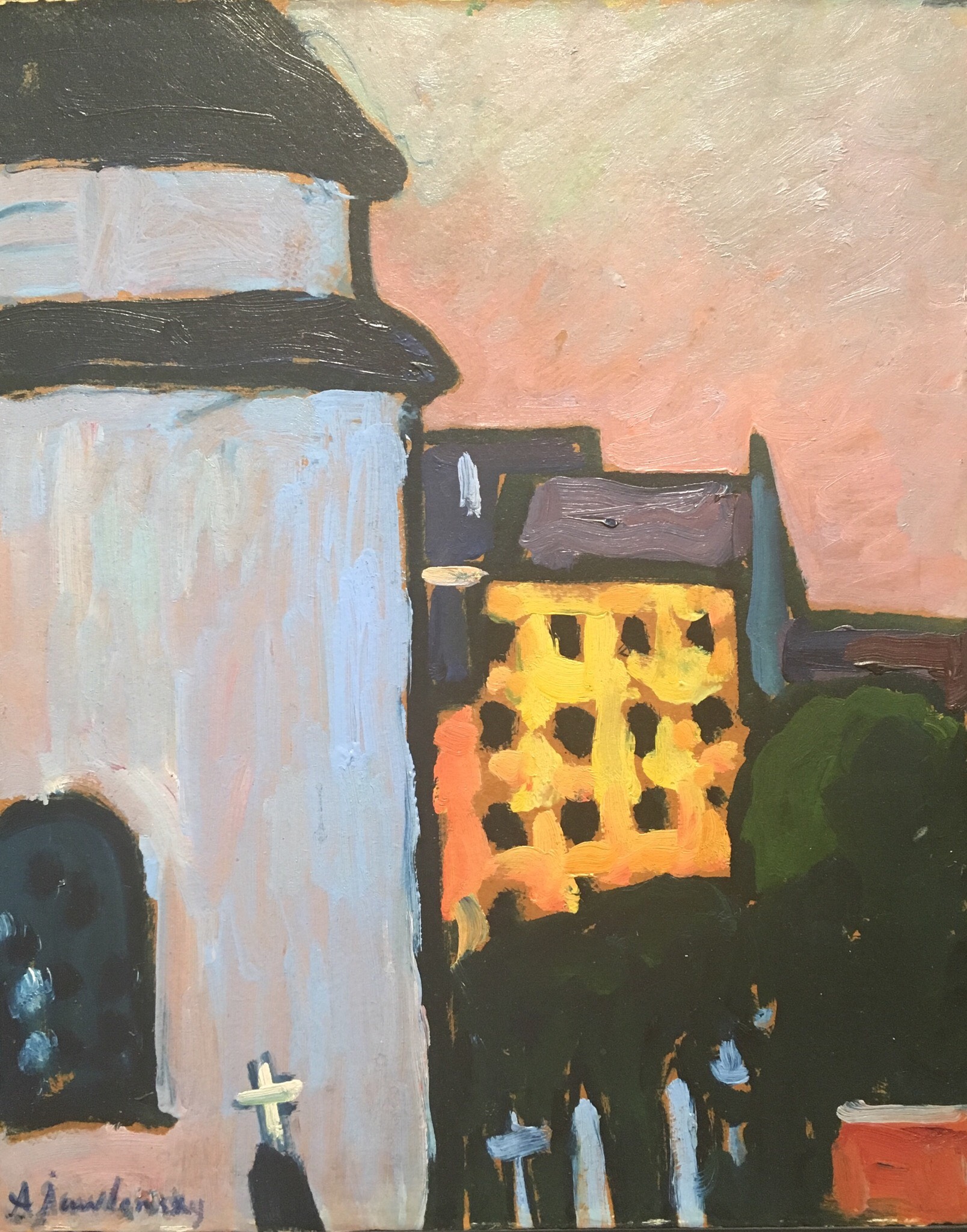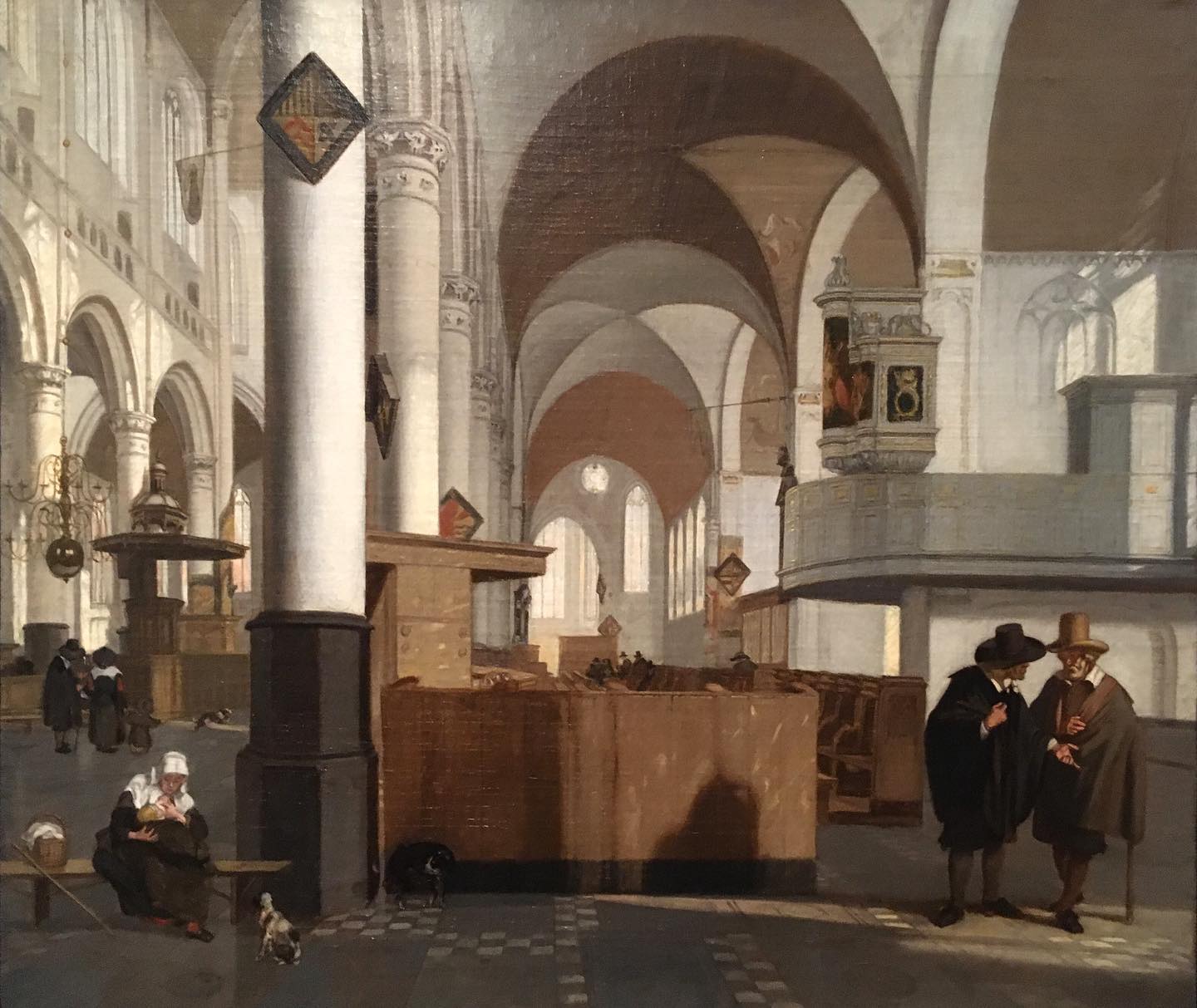This virtual Advent Calendar consists of works of art I have seen during the past year and which made an impression on me. The Calendar is featured with daily posts on my social media, and weekly overview posts on this blog.
This was Week 2.

9 Dec. Art Advent #8. When I came across her behind the High Altar in Uppsala Cathedral, it took me a second to realize she was not a human being. This sculpture constitutes a both literal and conceptual presence of Mary within the building. Originally built as Roman Catholic site, since the Swedish Reformation Mary’s presence had become virtually invisible inside the Cathedral. In the early 2000s the Cathedral Parish launched a competition for an artwork that would visibly reinstate Mary in the church. Anders Widoff created a sculpture that puzzles at first glance, by inviting very direct engagement. Instead of being surrounded by mystery or elevated distance, this presence of Mary is a reminder that miraculous encounters can happen anywhere, in even the most mundane and unexpected circumstances.

10 Dec. Art Advent #9. Throughout his life, Russian painter Alexej von Jawlensky searched ways to express pure emotion in color. He could endlessly paint the same subject matter, the repetition had a meditative character for him. He saw his art as prayer in color. Von Jawlensky made this painting in 1908. As the title suggests, the work’s main subject is a graveyard. Yet, there is the alluring reflection of light on the central building. And the delicately balanced color scheme. It made me wonder whether the painting embodies cherished memories for a lost one. To me, this makes it a painting of enduring love.

11 Dec. Art Advent #10. In addition to being a painter, Rembrandt was an avid print maker. Often he’d make several versions of the same image, with minor (or sometimes major) adjustments. This is the first state of a scholar in his study. The image was reproduced in a 1790 publication of Faust. As a consequence the man on this print has been long mistakenly identified as Goethe’s infamous doctor. The print is an allegory of faith. Man can never fully apprehend godly mysteries, but may gain wisdom through scholarship. This may be the reason that the apparition at the window shines its divine light only partially at the learned man.

12 Dec. Art Advent#11. Living between 1862 and 1946, Helene Schjerfbeck was a contemporary of Edvard Munch (and 10 years senior of Mondrian). Schjerfbeck began to attend art school at the age of 11, and graduated four years later. Her talent was quickly recognized with multiple grants and awards, allowing her to travel to France several times. After having to give up her art academy teaching job in 1902 due to illness, she secluded to a village in the south of Finland. Despite contact with friends and receiving art magazines to keep up to date, she lived in self-inflicted isolation. Over time her painting style changed dramatically, resulting in piercing portraits like these.

13 Dec. Art Advent #12. Last week, I posted the work Anastasis, installed over the summer in the Oude Kerk in Amsterdam. This is a 1659 representation of the Oude Kerk, although not entirely truthful. Emanuel de Witte, a renowned expert in painting church interiors, was not afraid to move around architectural elements if it benefitted his composition. De Witte depicts his churches often outside of official services. People are scattered throughout the building, talking. Dogs wander around. And, often, women are portrayed breastfeeding their babies. Yes, in 1659 that was no big deal in church.

14 Dec. Art Advent #13. Several reasons for choosing this activist work by Bob and Roberta Smith today.
1. This week it was the 70th anniversary of the Universal Declaration of Human Rights.
2. Also this week, an op-ed was published in a national newspaper that the world no longer needs the humanities, let alone art and art history. Such cynicism can only be battled with persistently clever art.
3. And, the red background of this work reflects the red squares worn by thousands of academics protesting yet another rounds of planned budget cuts at Dutch universities. Unable to attend in person, this Art Advent post is a virtual support of the protests today.

15 Dec. Art Advent #14. Nola Hatterman’s father worked in the coffee trade, which she thoroughly experienced as a colonial milieu. This made her rebel, as she could not understand why people in colonies were regarded as any less. Her paintings feature black models, generally not depicted in historical or exotic scenes – but as inhabitants of modern life. This Pieta has a different character, but is of equally emancipatory nature. In 1953, Hatterman moved from The Netherlands to Suriname. She became director of the art academy, and was convinced once her students moved to TheNetherlands they would be ruined. She was a big proponent of a national and independent Surinamese art.